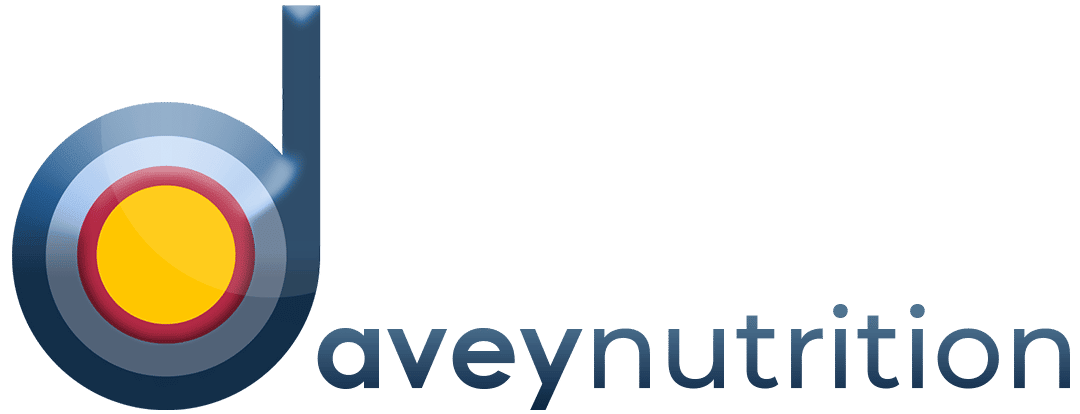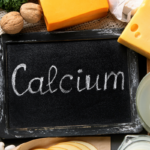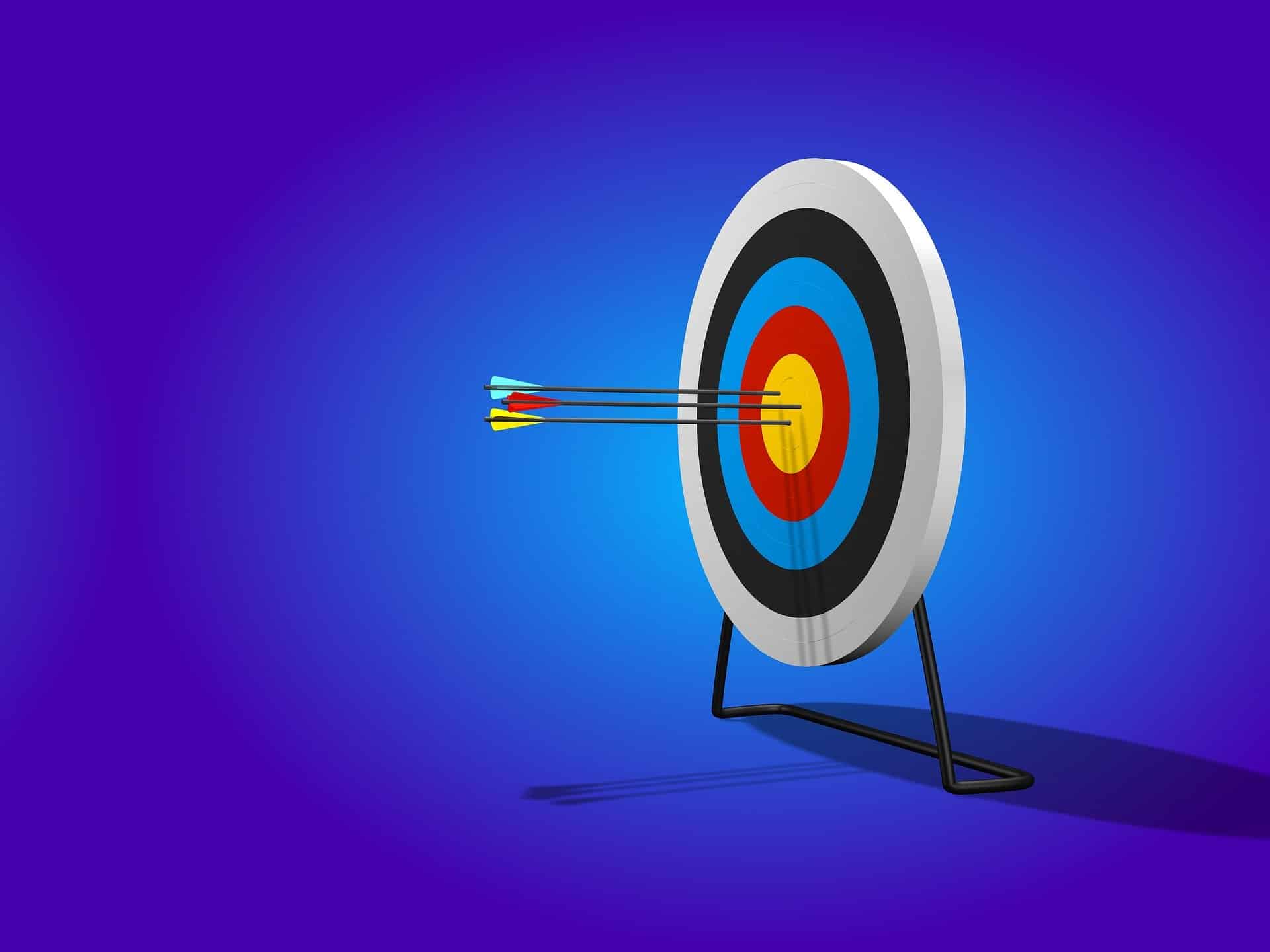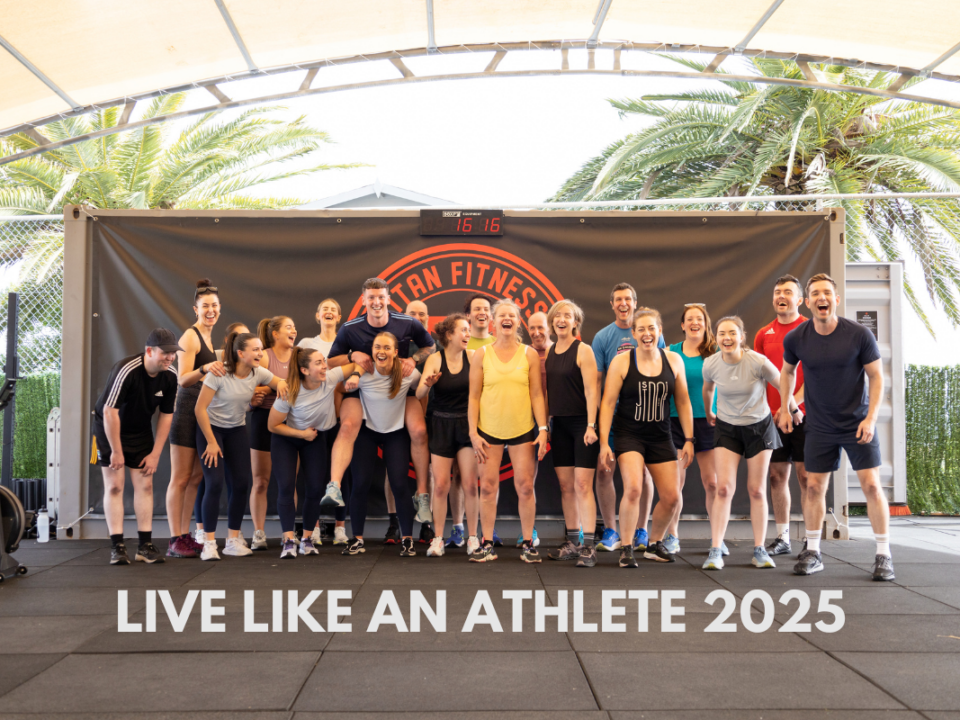This article will help you:
- Understand how energy balance can align with your nutrition goal.
- Select a calorie target in the “Performance Nutrition Calculator” that is relevant to your goal.
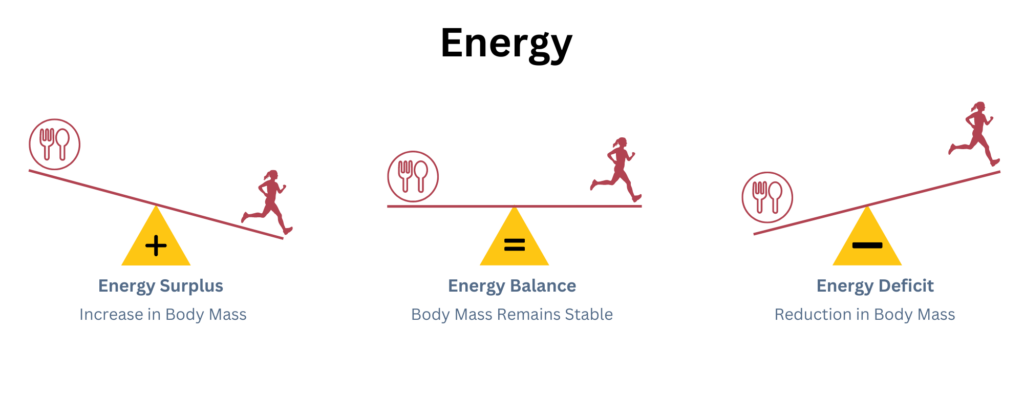
What is Energy Balance?
Energy is measured in calories, this is why you will often hear the terms “calorie balance,” “calorie deficit” and “calories surplus.”
- Calorie balance occurs when the calories we consume is equal to the calories we expend.
- A calorie deficit is created when we expend more calories than we consume.
- A calorie surplus is created when we consume more calories than we expend.
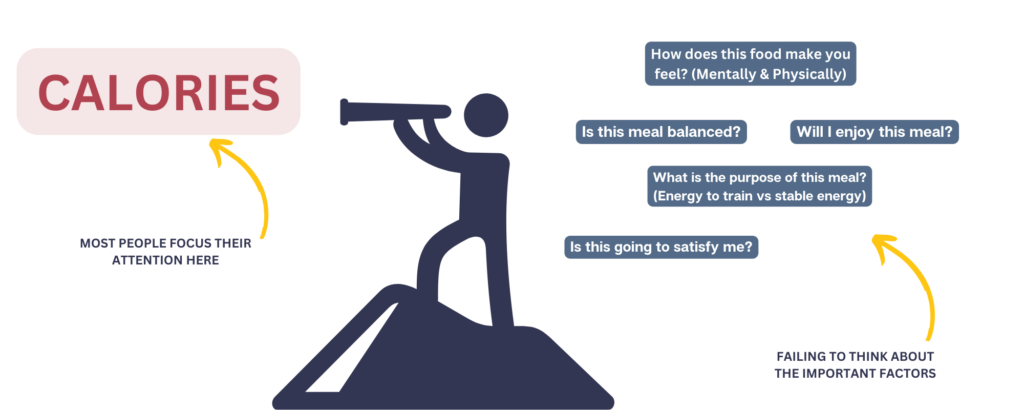
The Bigger Picture
Whatever your goal is, be it to maintain weight, build muscle mass or lose weight, remember that there are many variables for you to achieve your goal:
- Appropriate calorie intake
- Appropriate macronutrient intake
- Suitable exercise
- Adequate sleep
- Consistency
- Time
For instance, one calorie-dense dinner won’t make you overweight and likewise, one healthy calorie-light dinner won’t cause you to reduce weight. Short term increases in weight are most often due to increased glycogen stores and water retention rather than increases in fat mass.
daveynutrition meal plans have been created with the above in mind.
We have tailored each meal plan to be simple to follow and help you to achieve long term sustained success with your goal.
Know What’s Involved
- Before choosing a nutrition goal, it’s essential to know what you want and also what is required to achieve your goal.
- Make an informed decision about the nutrition goal you want to achieve based on your needs and which path will align with your lifestyle.
- Each nutrition goal comes with its own unique set of pros and cons which will be outlined in the following section.
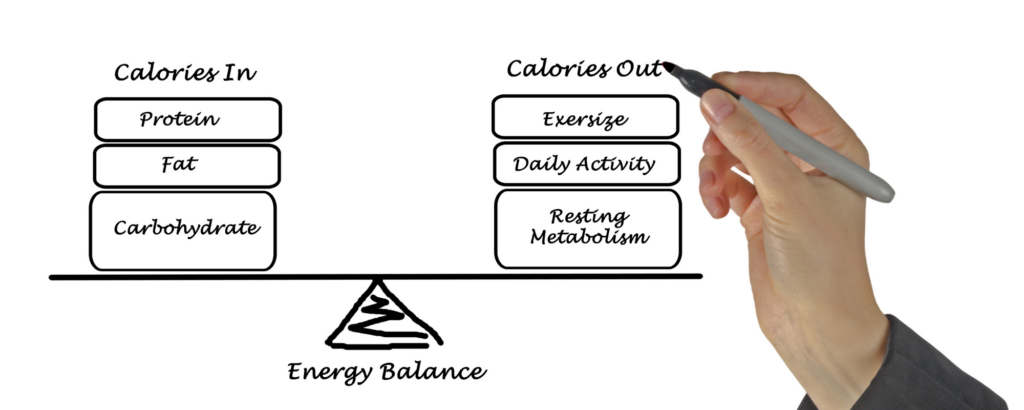
Maintain
Who would select this target?
- An athlete whose main priority is performance, in a competition phase.
- Someone happy with their current energy levels and body composition.
- A person who has reached their target (gained lean mass or reduced body fat) and wants to maintain their progress.
Pros
- You have sufficient energy levels to meet your demands.
- Calorie maintenance is a sustainable nutrition goal.
- Appetite is more regulated.
Substantial Calorie Deficit (-20%)
Who would select this target?
Short-term goal or one-off scenarios, to counterbalance a substantial calorie surplus from the previous day, for example, an athlete completed a carbohydrate load and didn’t compete or only competed for a short period.
Pros
- Rapid body mass loss.
- Aesthetic physique manipulation.
Cons
- Meeting essential nutrient needs may be compromised.
- May not be able to fulfil and satisfy hunger cravings, which can influence mood changes.
- Unable to fuel peak athletic performance, therefore substantial calorie deficits are not recommended for athletes during the season or in competition.
- Not recommended for younger athletes who need to meet additional energy requirements of growth.
- Could become at risk of developing relative energy deficiency (RED). RED’S is a syndrome which refers to the impaired physiological functioning of metabolic rate, menstrual function, bone health, immunity, protein synthesis and cardiovascular health. The contributing factor to RED is chronic low energy availability.
- Risk of losing muscle mass.
- Consistent severe calorie restriction can compromise immune function and increase the risk of injury.
Fat Loss – Moderate Calorie Deficit (-15%)
Who would select this target?
Someone who wants to lose fat mass through a sustainable approach.
Pros
- Lifestyle is less restricted than the substantial weight loss nutrition goal.
- A more sustainable approach in comparison to a higher calorie restriction.
Cons
- Trying to hit protein targets and keeping within calorie range takes planning.
- May experience regular food cravings.
- Mood may also be impacted.
Body Recomposition
Who would select this target?
Someone aiming to increase muscle mass, strength, tone and improve general physical appearance.
Pros
- This is a more sustainable approach to changing body composition.
- For athletes, changes can be achieved during a competitive season with less potential impact on performance.
- Less likely to experience drastic food craving in comparison to higher calorie restriction goals.
- Lifestyle factors do not need to drastically change. Therefore, this nutrition goal is easier to adhere to.
Cons
- Visible changes to body composition may take time.
Build Lean Mass – Calorie Surplus (10%)
Who would select this target?
Someone who wants to increase their lean muscle mass for performance or body composition.
Pros
- You will have sufficient energy levels to meet your demands.
- Unlikely to experience hunger cravings.
Cons
- Visible changes to body composition may take time.
Hard Gainer – Calorie Surplus (+15%)
Who would select this target?
An athlete in the off-season who wants to increase body mass or someone who wants to rapidly gain body mass.
Pros
- Will increase body mass in a short time.
- Greater potential to increase muscle mass.
- Improved lifting performance and strength.
Cons
- Potentially gain fat mass as well as muscle mass.
- May require larger portion sizes and more frequent meals to hit calorie targets. This can be difficult if food hunger cravings are already satisfied.
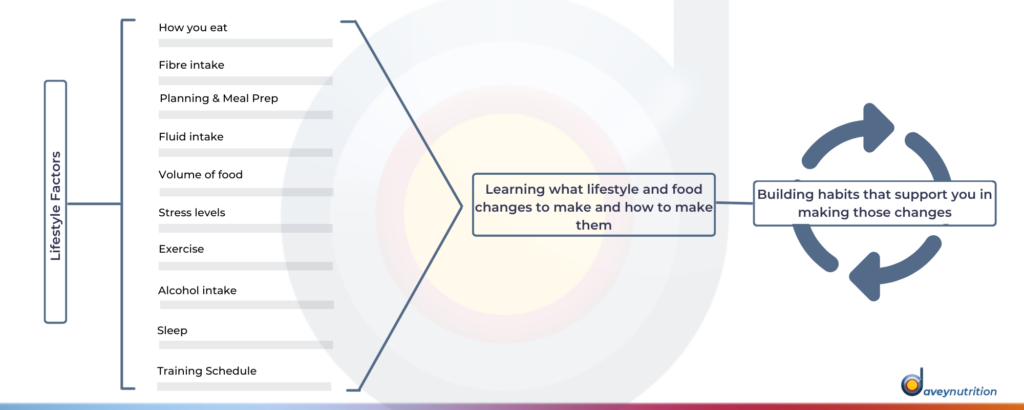
Be Consistent and Trust the Process
To help reach your goals daveynutrition has designed specific meal plans for each of the above scenarios. Each meal plan has been uniquely designed to ensure both calories and macronutrients align to help you;
- Follow the plan consistently
- Enjoy the process while achieving your goal
- Improve your knowledge, create sustainable habits and upskill your cooking ability
- Enjoy nutritious and tasty meals
- Achieve your goal and sustain success
References
Aragon, A., Schoenfeld, B., Wildman, R., Kleiner, S., VanDusseldorp, T., Taylor, L., Earnest, C., Arciero, P., Wilborn, C., Kalman, D., Stout, J., Willoughby, D., Campbell, B., Arent, S., Bannock, L., Smith-Ryan, A. and Antonio, J., 2017. International society of sports nutrition position stand: diets and body composition. Journal of the International Society of Sports Nutrition, 14(1).
Mountjoy, M., Sundgot-Borgen, J., Burke, L., Ackerman, K., Blauwet, C., Constantini, N., Lebrun, C., Lundy, B., Melin, A., Meyer, N., Sherman, R., Tenforde, A., Torstveit, M. and Budgett, R., 2018. International Olympic Committee (IOC) Consensus Statement on Relative Energy Deficiency in Sport (RED-S): 2018 Update. International Journal of Sport Nutrition and Exercise Metabolism, 28(4), pp.316-331.
